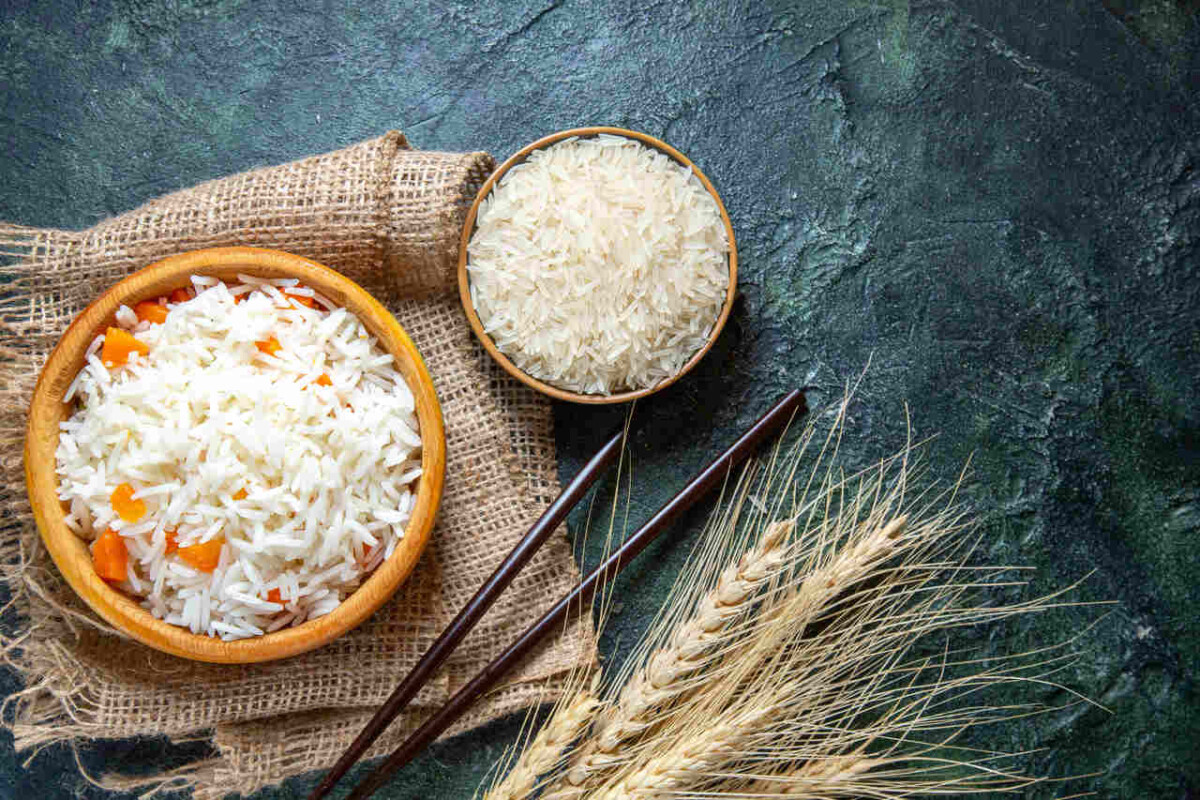Rice is an indispensable part of the diet of every Indian household. Rice is a staple food for more than half the world’s population. Rice provides nearly 20% of the world’s dietary requirement for energy supply. It is one of the easiest things to cook. A variety of rice is available with different nutritional values. Rice is a good source of protein, it helps in building the muscles, help in growing the immune system helps in maintaining the health of hair, skin, cartilage, and nail.
It is comparatively easier to digest. It has low sodium content and helps in controlling blood pressure. It is an amazing source of complex carbohydrates and fiber. Rice is differentiated based on size, texture, and shape. Different cuisines and different countries prefer different kinds of rice as each has a different taste and provides a different flavor to the food. One such we will talk about is Parmal Rice vs Basmati.
Difference Between Parmal Rice Vs Basmati
Parmal Rice:
Parmal rice is produced in Haryana, Punjab, and Uttar Pradesh. It is uniform-sized and doesn’t stick after cooking it. It has various types in it like white sella, parboiled, steam, or golden sella. Parmal rice is smaller in size as compared to basmati rice. It contains a more starchy substance in it which is often called amylopectin, which is the main reason behind the stickiness of the rice. It goes wonderfully with various food dishes.
Basmati Rice:
It is rice that originates from the Himalayas and is long-grained rice. It is usually preferred to be used as the prime ingredient in classic biryani dishes. It is frequently used to have with curries and it goes best in saffron or turmeric as it is flavourful. Basmati rice has this unique feature of being identified easily by looks as it longer than other rice grains and more sticker with fragrance.
Difference: Parmal Rice Vs Basmati
Grain Size & Shape:
The first and foremost difference between the two is the size and shape. Basmati rice has a unique presence or looks as it is long grain rice. It is to understand or pick if it is basmati rice. While on the other hand, Parmal rice comes in all different forms and sizes it can be long, slender, short, thick, and maybe a little round as well.
Texture:
The texture is prime in any dish to bind together or get than the flavor of the food. Parmal rice is comparatively firmer and less sticky compared to basmati rice. If someone is thinking to make a sticky rice recipe, the person should prefer basmati rice as it is stickier.
Flavour & Aroma:
Parmal rice focuses less or non at all as it has more nutritional content than the flavor. Basmati on the other hand has a nuttier flavor. Aroma is the beautiful smell you receive while cooking. Basmati while cooking has a pleasant aroma that is spread across the room while cooking. On the other hand, the parmal rice has either the elongation or the aroma.
Nutrition as value addition:
Rice provides amazing nutritional value. Basmati is considered better than Parmal rice in the scene of nutritional content. As basmati is supposed to be low in fat and contain all the amino acid requirements, which in turn makes it a healthier option. This does not mean that Parmal rice is lacking in nutrients it is also considered one of the healthiest options in rice, which helps in maintaining the body weight and nutritional intake.
Post Cooking Elongation:
Basmati rice becomes almost double the quantity one has soaked to cook it. Though on the other hand, it is not the same for Parmal rice. Parmal rice or non-basmati is used when the dish is to be a more creamy or sticky texture, for example, sushi, risotto, etc.
Price:
Price is one more important factor to differentiate between the two. Parmal rice is cheaper as it starts or ranges in Rs. 40, while on the other hand basmati rice starting price is around Rs. 100 (approx.)
Conclusion
Be it basmati or Parmal both have their unique set of characteristics and properties. Use the best quality of rice according to your needs and requirement on the dish one is going to cook.
Subscribe Our News Letter or Stay with Amazefeeds for Upcoming Articles

